Artistic things to do in Montmartre, Paris
Discover the bohemian spirit of Montmartre, once home to Post-Impressionists and Modern artists
Montmartre is a historic district nestled in the 18th arrondissement of Paris. With its winding cobblestone streets, charming cafes, and stunning panoramic views, Montmartre is a picturesque area that you may not guess was once essentially a slum. Although the Montmartre of today is a sanistised version of the artistic hovel that it was in the 19th century, it still offers a special glimpse into the past. From the post-Impressionist masters to modern-day street artists, Montmartre has been a hub of creativity for generations.
There are plenty of artistic things to do in Montmartre. Galleries, shops, architecture and street art are aplenty and the area’s famous nightlife is still an attraction. Walking around Montmartre is like following in the footsteps of famous painters like van Gogh, Renoir, Valadon and Toulouse-Lautrec. As it’s situated on a hill, Montmartre also offers panoramic views of the city of Paris below—vistas which have inspired artists for centuries.
This is a guide to the best things to do in Montmartre for art lovers, plus some extra tips just outside this iconic Paris neighbourhood. See this post for even more tips for visiting Paris.
View of Montmartre, past the Maison Rose
The history of art in Montmartre
Montmartre was once home to the working-class and poor communities in the 19th century. It was a place of poverty, disease, and desperation, with dilapidated buildings, narrow streets, and unsanitary conditions.
However, Montmartre also became a hub for artistic and cultural expression, with the bohemian lifestyle of artists, writers, and musicians who sought refuge from the high society of Paris.
Despite its reputation as a slum, Montmartre attracted people from all walks of life who were drawn to its unique blend of grittiness and creativity. Artists such as Matisse, Picasso, Renoir, Valadon, Toulouse-Lautrec and van Gogh sought inspiration in Montmartre and called the area home. These artists found inspiration in Montmartre's bohemian atmosphere, which was filled with cafes, cabarets, and dance halls, as well as its sweeping views of the city of Paris. They created some of their most iconic works in Montmartre, and their legacy lives on in the many museums and galleries dedicated to their art in Paris and around the world.
One artwork which sums up the artistic atmosphere of Montmartre in the 19th century is Renoir’s Bal du Moulin de la Galette. Painted in 1876, it shows a typical Sunday afternoon at the Moulin de la Galette, a popular hangout for locals and artists. The whole scene feels alive—friends chatting, couples dancing, sunlight filtering through the trees. Renoir’s loose brushstrokes give it that sense of movement, almost like you’re overhearing bits of conversation and laughter. Even today, wandering around Montmartre, it’s easy to picture that same energy Renoir painted all those years ago.
Montmartre was the main artistic hub in the 19th century and first years of the 20th, and was then succeeded by Montparnasse by the 1920s. Montparnasse is a wonderful south Paris neighbourhood worth visiting for art lovers — see my guide for artistic things to do in Montparnasse.
Halle Saint-Pierre
Halle Saint-Pierre is an art gallery located in Montmartre that specialises in outsider and contemporary art. Originally built in the 19th century as a covered market, it was repurposed in the 1980s as a cultural centre dedicated to contemporary art. Its exhibitions feature works by both established and emerging artists, with a focus on unconventional and avant-garde art forms. The gallery also houses a bookstore that offers a wide selection of art books and magazines, as well as a cafe where visitors can relax and enjoy the artistic atmosphere. It’s located right next to Sacre Coeur.
Sacre Coeur
Sacre Coeur is the cornerstone of Montmartre. A grand basilica situated atop Montmartre hill, its eclectic architecture is a Paris icon. The church is a blend of Romanesque and Byzantine styles, with towering white domes and ornate towers that reach high into the sky. The interior of the basilica is equally impressive, featuring breathtaking stained glass windows in modern designs. Designed by Paul Abadie, Sacre Coeur began construction during the late 19th century as France was celebrating its regeneration. This period was known as the Belle Epoque, and the famous artists of Montmartre would have witnessed the structure slowly being built over the years.
Musee de Montmartre
The Musee de Montmartre is situated in a charming old building and is dedicated to the history of the area and its artists. The museum offers a glimpse into the vibrant artistic community that thrived in Montmartre in the late 19th and early 20th centuries.
Many famous artists, such as Renoir, Toulouse-Lautrec, and Suzanne Valadon lived and worked in Montmartre during this period, and their works are featured prominently in the museum's collection. The museum also features beautiful gardens, including a swing creating the atmosphere of Renoir’s famous painting.
Suzanne Valadon, Young Girl in Front of a Window, 1930
Suzanne Valadon, a post-Impressionist artist, was one of the artists who lived and worked here. Visitors can explore her studio, which has been restored to its original state, providing a unique insight into her work.
La Maison Rose
La Maison Rose is a charming pink restaurant located on Rue de L’Aubrevoir, a short walk away from the Musee de Montmartre. It’s iconic pink facade is Instagram-famous, offering one of the most beautiful views in Paris. The restaurant itself serves light, colourful dishes and is a lovely place to stop for lunch while exploring Montmartre.
Place du Tertre
Place du Tertre is a square with a long history. Originally, it was a quarry where the stones for the construction of the Sacré-Cœur basilica were extracted. Over time, it became a gathering place for artists and musicians, including Pablo Picasso and Vincent van Gogh.
Today, the square is known for its lively outdoor cafés and its famous open-air art market, where local artists display and sell their works. Walking around the square is romantically Paris—it’s what you imagine the city might be like with artists and their easels lining the square. Visitors can watch the artists at work and buy directly from them for authentic and local souvenirs.
Guimard’s Metro Entrances
Montmartre is renowned for its rich architectural heritage, and one of the most iconic styles found in the neighborhood is Art Nouveau. This artistic movement, which flourished in the late 19th and early 20th centuries, is characterized by its organic forms, intricate details, and flowing lines. At the forefront of this architectural revolution was the renowned French architect Hector Guimard.
Guimard's Metro entrances, with their distinct curvilinear designs and ornate ironwork, have become synonymous with the Art Nouveau movement. These entrances were created for the Paris Metro stations in the early 1900s and served as both functional structures and artistic expressions. Abbesses Station is one of the places you can go to see this piece of Parisian history.
The Moulin Rouge
The Moulin Rouge holds a significant place in Montmartre's artistic heritage. Established in 1889, this iconic cabaret became a symbol of Parisian nightlife and a gathering place for artists and bohemians. The Moulin Rouge epitomised the modern city and the mingling of classes, making it ideal subject matter for artists like Toulouse-Lautrec, whose art hung on the walls here.
Henri de Toulouse-Lautrec, At the Moulin Rouge
Don't miss the chance to explore other notable cabarets and music venues in Montmartre, such as Le Chat Noir and La Cigale, which contribute to the diverse artistic tapestry of the neighbourhood.
Musee de la Vie Romantique
Technically just outside Montmartre, the Musee de la Vie Romantique is a beautiful hidden gem. Housed in a 19th-century villa once belonging to the renowned painter Ary Scheffer, the museum pays homage to the artistic and cultural ambiance of the period. Explore the beautifully curated rooms and discover a remarkable collection of artworks, manuscripts, and personal belongings of Romantic figures like George Sand and Frederic Chopin.
It also has one of the most charming cafes in the city in its rose garden.
While you're here, you might want to stop to eat at Pink Mamma, one of Paris’ most Instagram famous restaurants with a beautiful interior.
Art in Montmartre
Montmartre has that mix of grit and charm that keeps artists coming back. The galleries, cabarets, and iconic corners still hold onto a bit of that old bohemian spirit. You can dive into the art history, take in the perfect view over Paris, or just get lost in the atmosphere—Montmartre always leaves its mark.




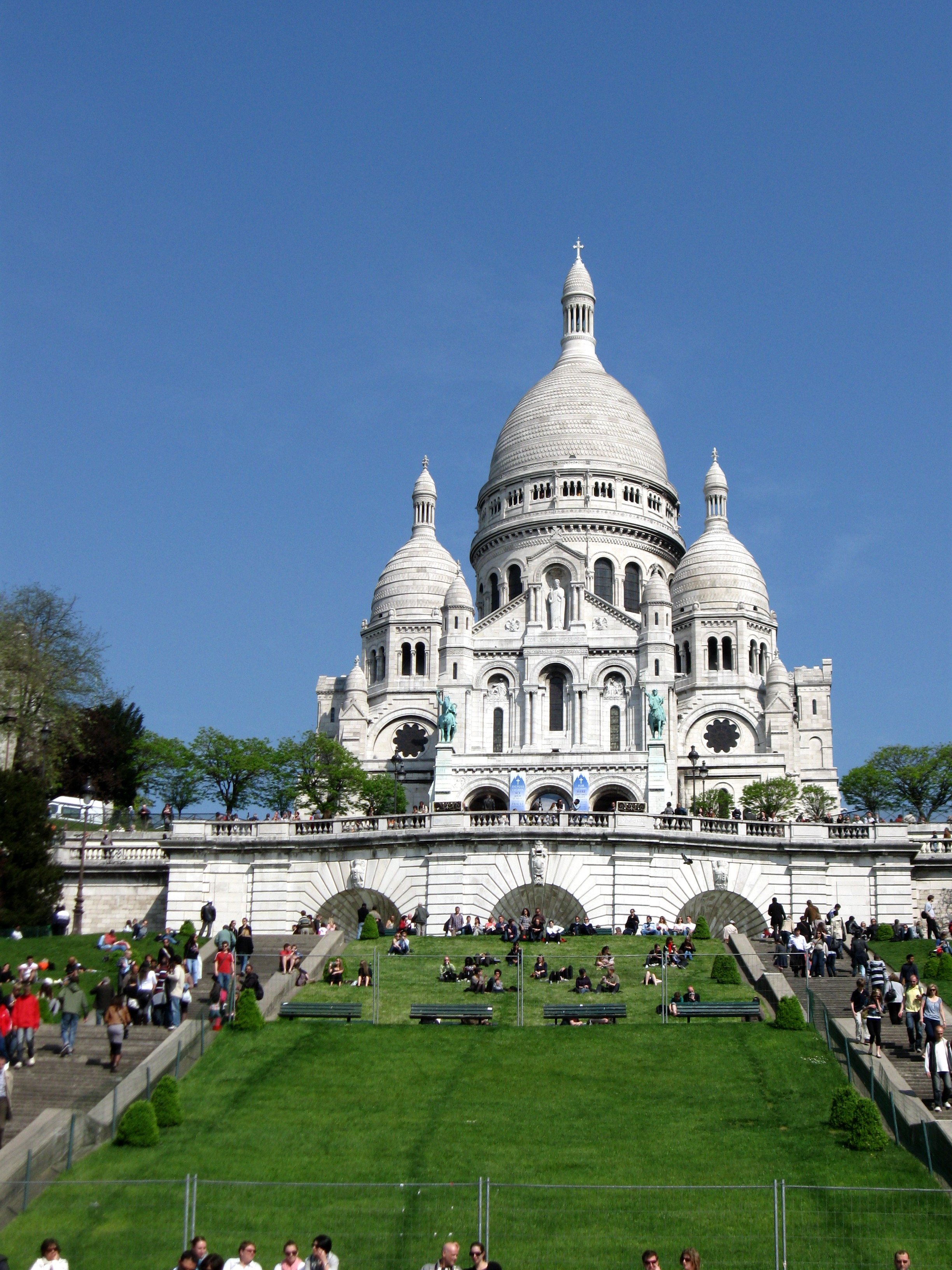
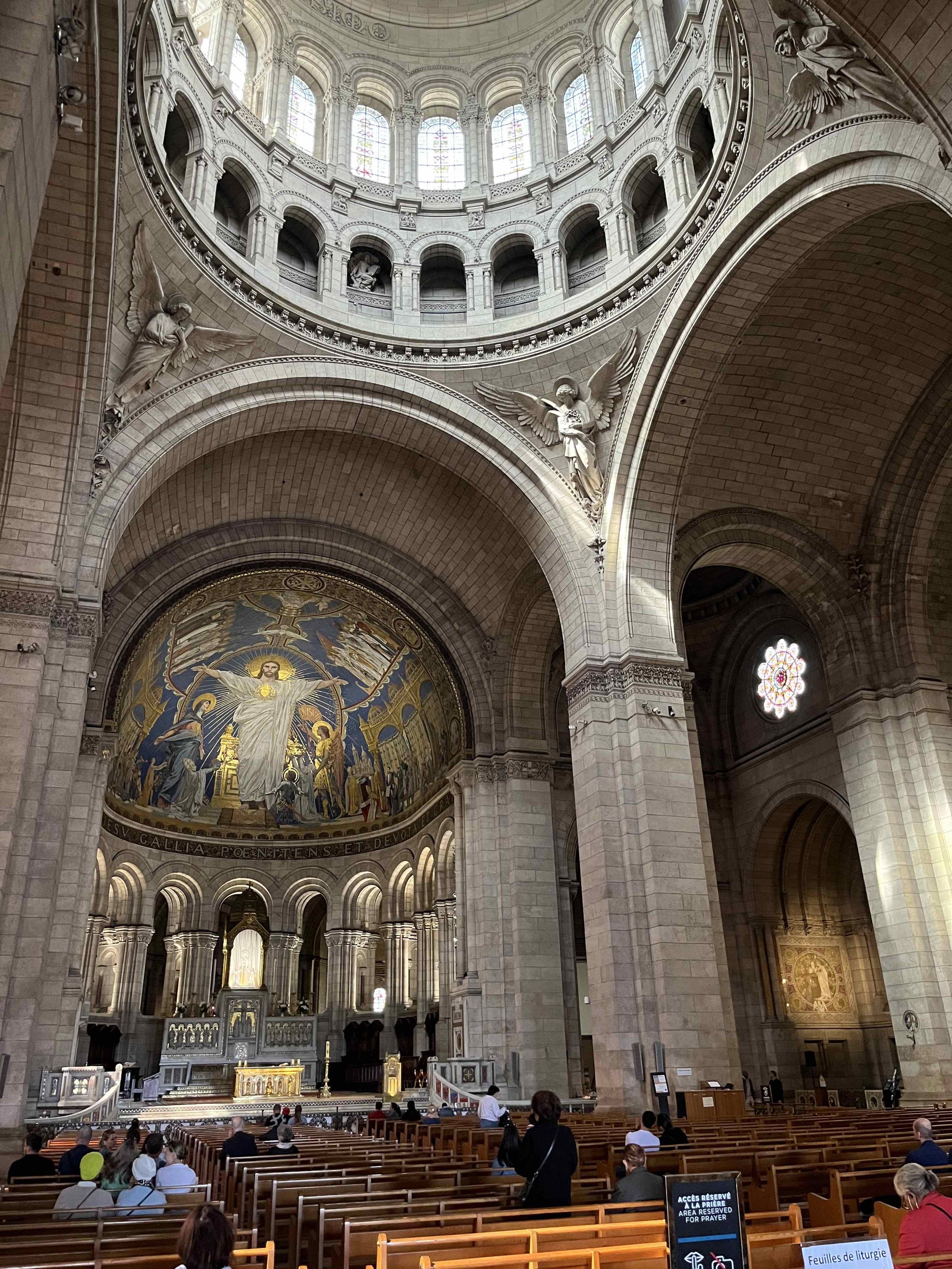



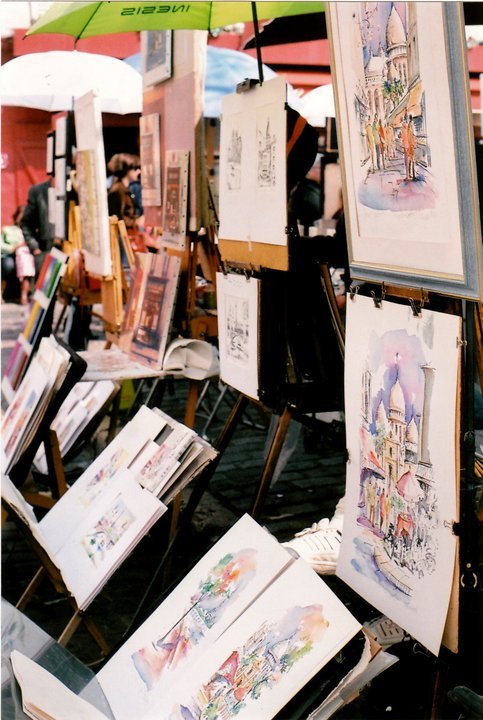
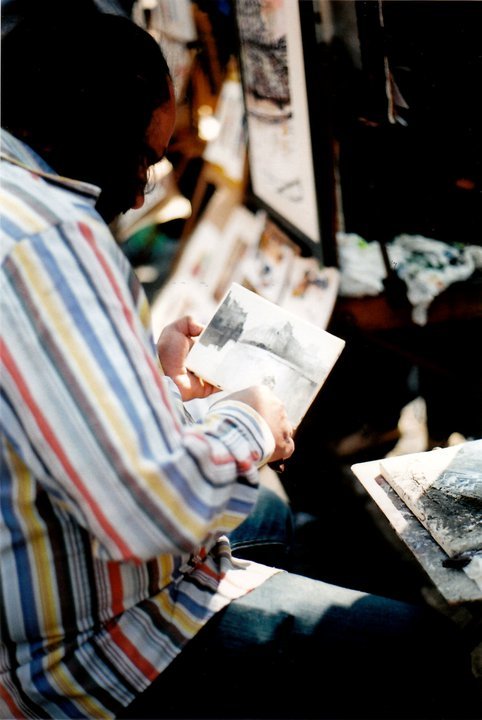




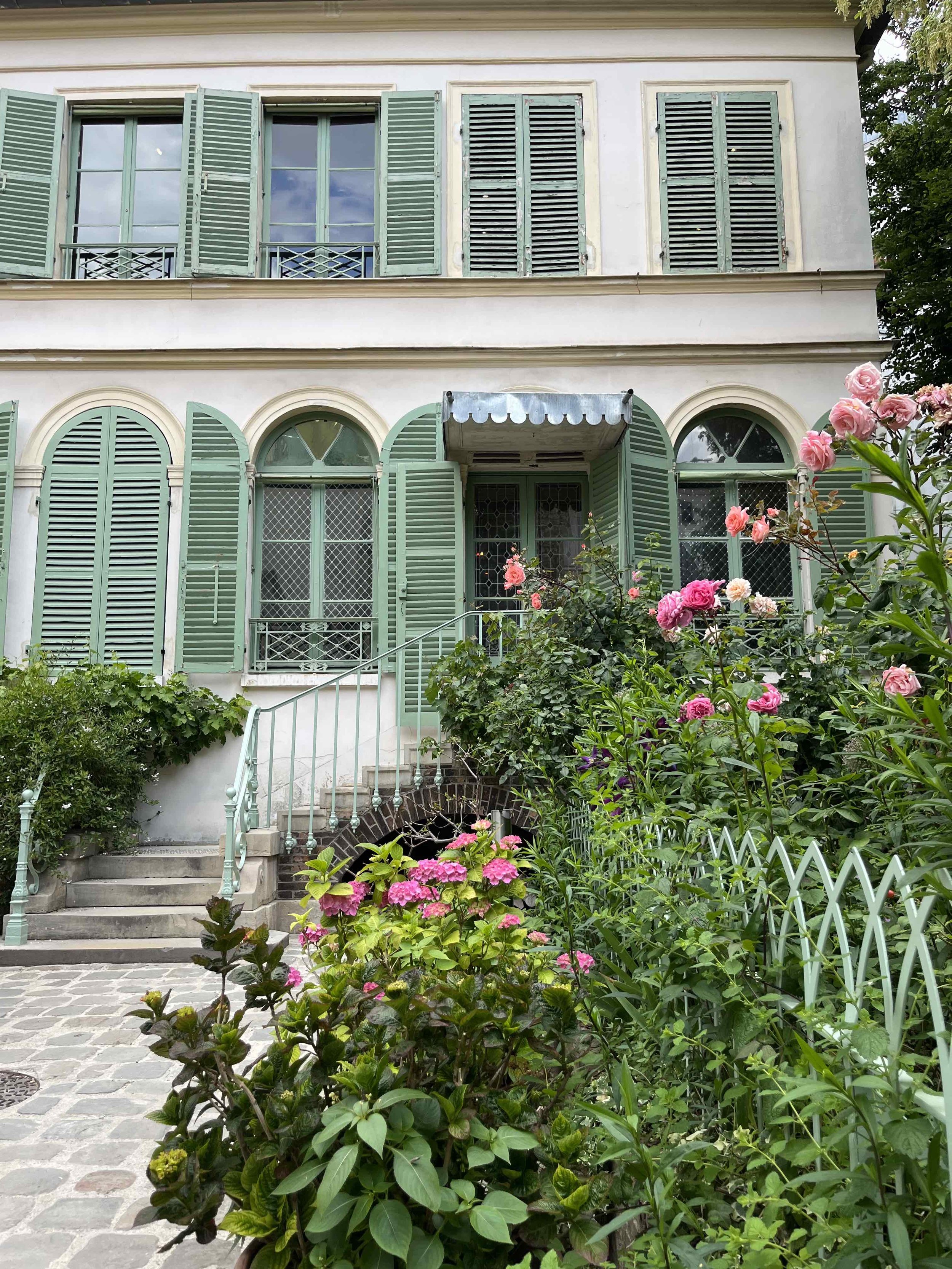
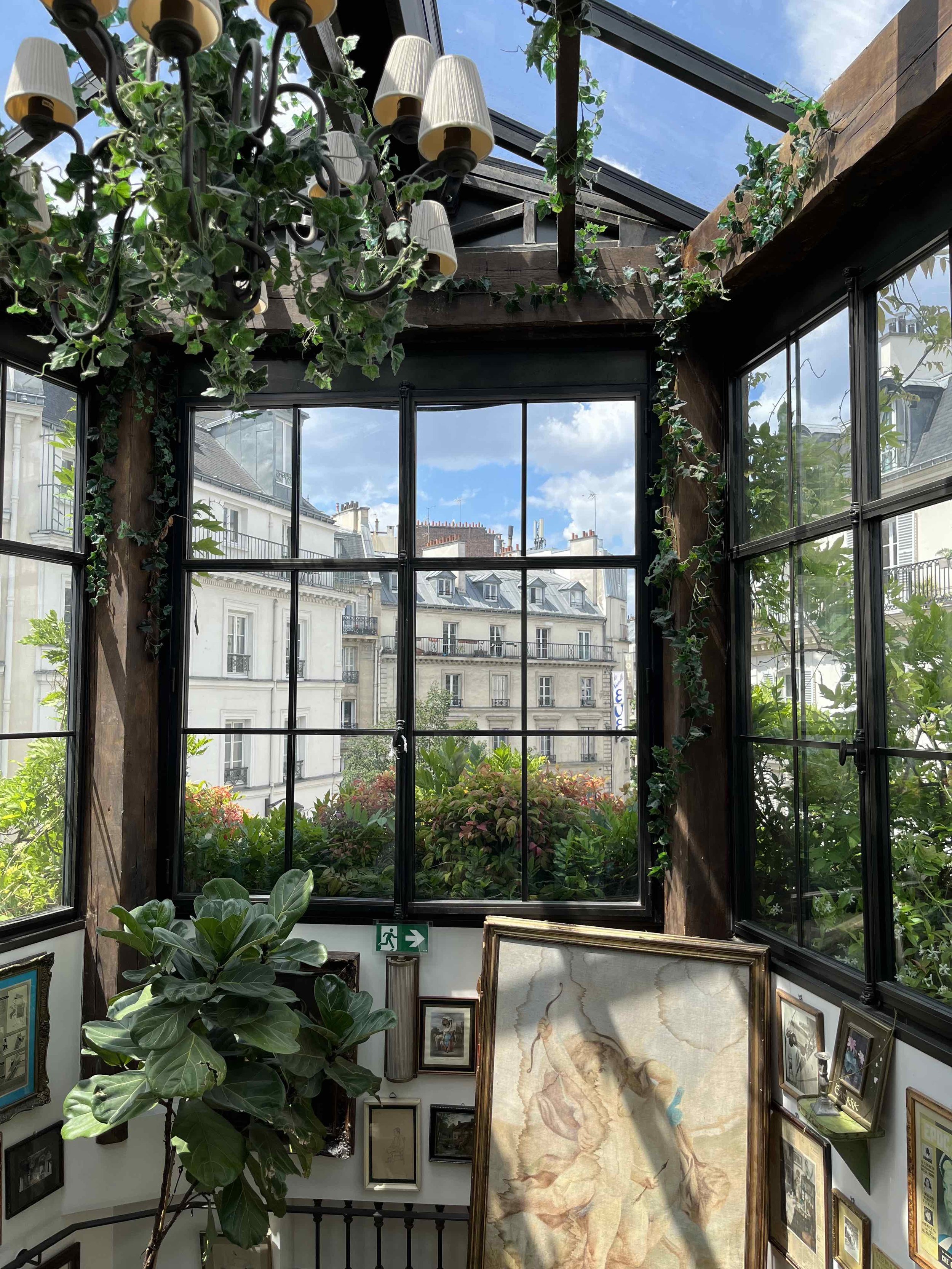
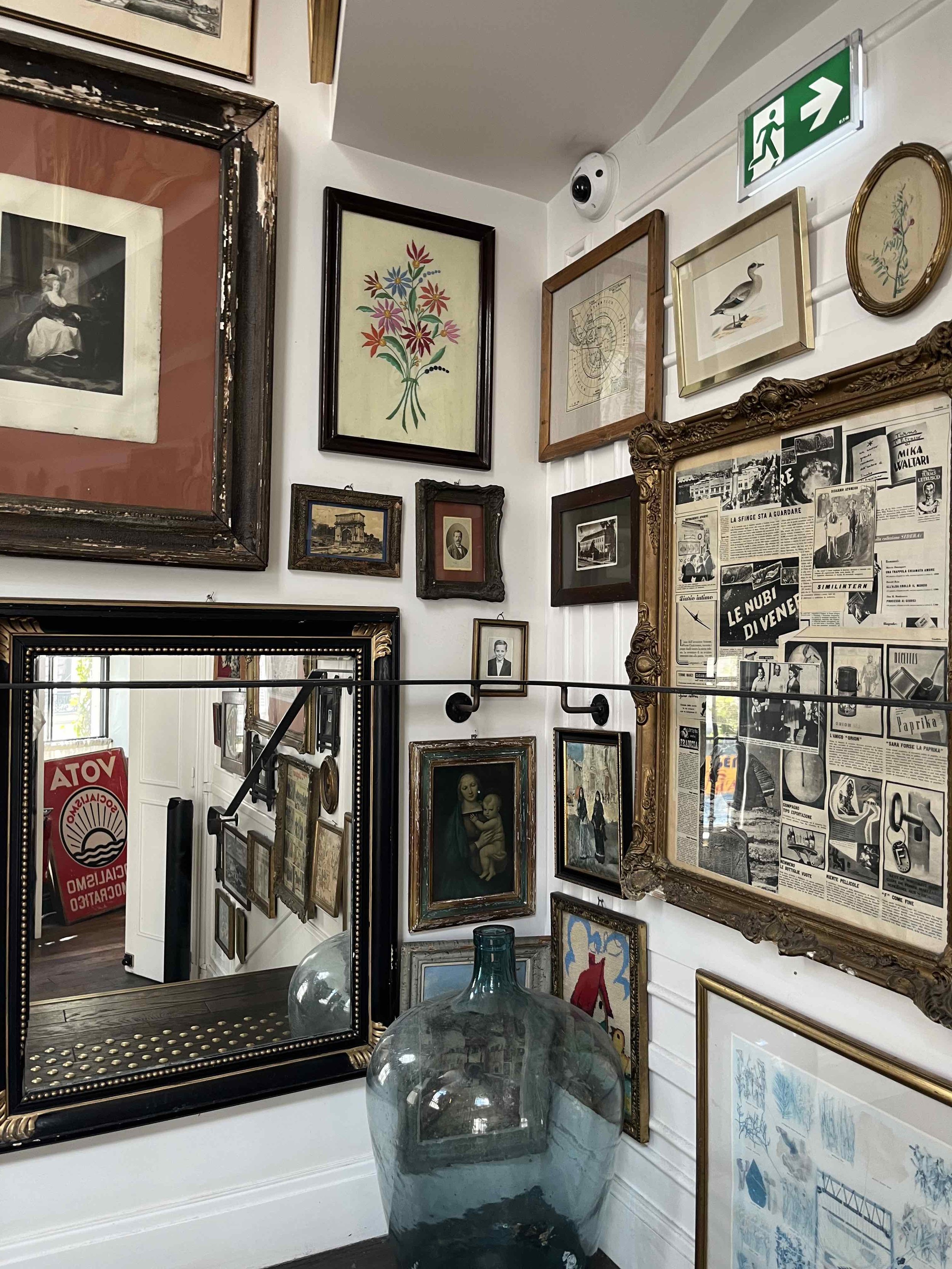


Discover the bohemian spirit of Montmartre, once home to Post-Impressionists and Modern artists